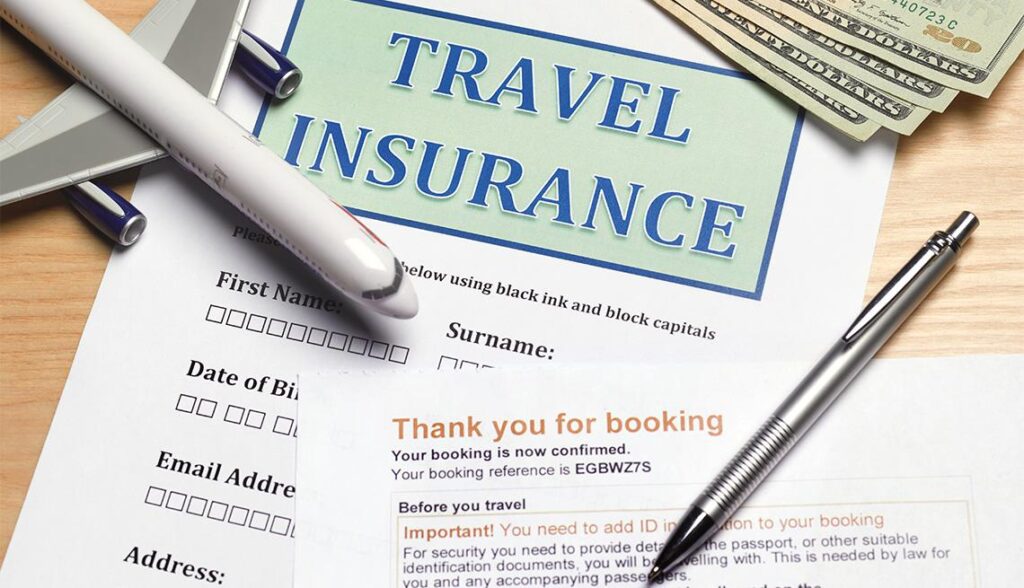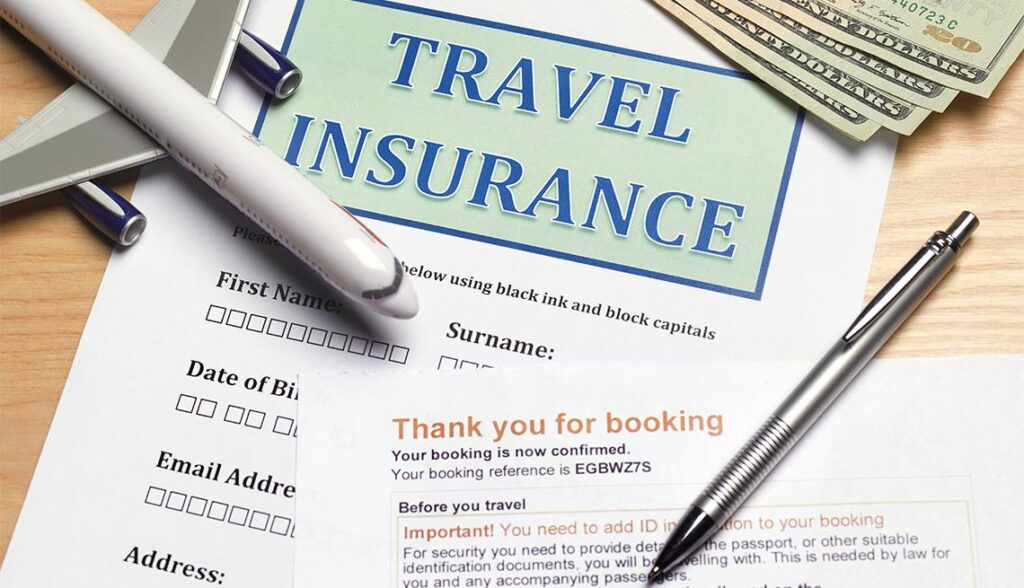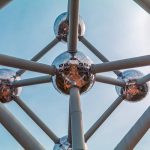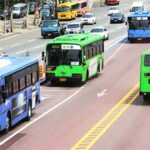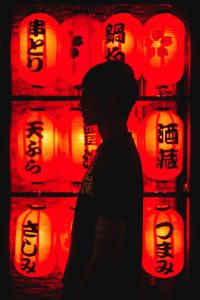Now Reading: How to Use Public Transport in South Korea Like a Local
-
01
How to Use Public Transport in South Korea Like a Local
How to Use Public Transport in South Korea Like a Local
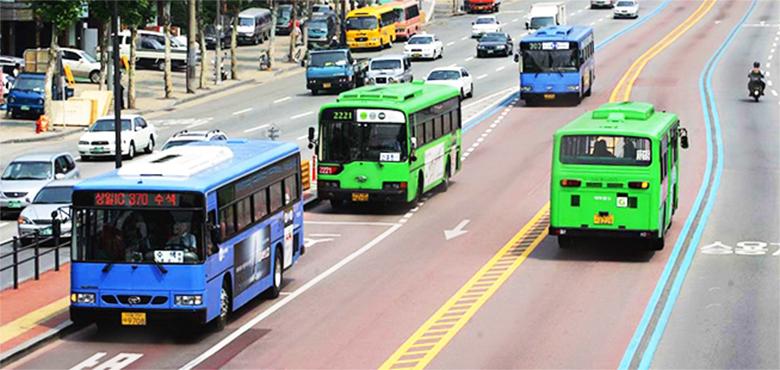
Navigating a new city can often feel like deciphering an intricate puzzle, especially when it comes to mastering its public transport system. In South Korea, though, the maze of buses, subways, and trains is not just a means of getting from point A to point B; it’s a gateway to experiencing the vibrant culture and rhythm of daily life. For travelers and expats alike, understanding how to use public transport like a local can unlock a world of convenience, efficiency, and exploration. From the bustling streets of Seoul to the serene coastal towns of Busan, this guide will equip you with essential tips and tricks to seamlessly blend in and traverse South Korea with confidence. say goodbye to tourist traps and hello to the authentic adventures that await just a stop away!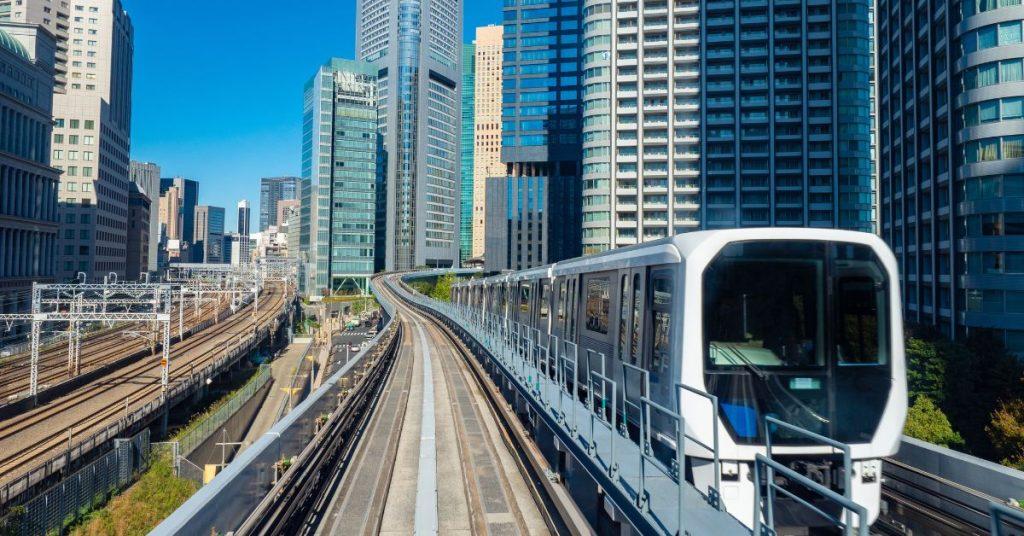
Mastering the Transit System: Navigating Buses and Subways with Ease
Mastering South KoreaS complex yet efficient transit system is key to blending in like a local. Whether you’re hopping on a bus or gliding through the subway system, there are a few tips that will transform your experience. First, get familiar with the subway map. It may look overwhelming at first,but the lines are color-coded and numbered,making navigation much easier when you get the hang of it. Downloading a transit app like KakaoMetro can simplify your trip planning, providing real-time updates and fare calculations. You can also look out for helpful signs in english at major stations to guide you on your journey.
Buses in South Korea operate on a unique numbering system, categorized into several colors based on their routes. While blue and green buses are generally for urban travel, yellow buses primarily serve the downtown area, and red buses offer express service to the suburbs. To efficiently board any bus, keep your T-money card handy; just tap it on the reader as you step on. If you’re unsure where to get off,simply ask the driver or fellow passengers—many locals will be more than willing to help. Here’s a simple overview of bus colors and their main functions:
| Bus Color | Main Function |
|---|---|
| Blue | Long-Distance Routes |
| Green | Local Routes |
| Yellow | Downtown Circulation |
| Red | Express Routes |

Understanding the Language of Signs and Announcements for Seamless Travel
To navigate South Korea’s public transport system effectively, becoming familiar with the various signs and announcements can transform your travel experience. Most subway stations and bus routes prominently feature bilingual signage, primarily in Korean and English, which helps ease any confusion. Watch for crucial signs indicating train numbers, destinations, and transfer lines. Additionally, pay attention to the color-coded maps that correspond to different subway lines; they considerably aid in planning your routes. The announcements made in transit vehicles are typically in both languages as well,providing real-time updates on stops and any delays.
When boarding a train or bus, keep an eye out for specific symbols that guide your journey. here are some essential icons to recognize:
- Transfer Symbol: Two arrows pointing in different directions, indicating interchangeability between lines.
- Accessibility Icon: A figure in a wheelchair, showing facilities available for passengers with reduced mobility.
- last Train/Special notice Signs: Red or yellow cards often displayed at stations, warning of service disruptions or schedule changes.
To assist your understanding,here’s a quick reference table showcasing common transit phrases and their meanings:
| Phrase | Meaning |
|---|---|
| 다음 정차역 | Next Stop |
| 종점입니다 | This is the last station |
| 하차하세요 | Please get off |

Getting Connected: Utilizing Mobile Apps for Real-Time Updates and Routes
In South Korea, staying connected while navigating public transport is a breeze, thanks to a variety of mobile apps that offer real-time updates and route planning. Whether you’re hopping on a subway, bus, or train, these tools serve as your personal travel assistant, keeping you informed about schedules, delays, and transfers. Some popular apps include:
- KakaoMetro – Perfect for subway navigation with real-time information and route optimization.
- Naver Map – Provides detailed maps and public transport options, including walking directions.
- Subway Korea – A user-kind guide to subway systems across major cities.
To take full advantage of these resources, it’s essential to download them before setting off on your journey. Once installed,you can set your preferred language and customize the notification settings to receive alerts about train schedules or any unexpected changes on your route. Below is a simple overview of how you might organize your travel preferences within these apps:
| App | Features | Best for |
|---|---|---|
| KakaoMetro | Real-time updates, offline maps | Subway travel |
| Naver Map | Map navigation, bus information | Extensive travel |
| Subway Korea | Metro maps, transfer info | Quick subway access |

cultural Etiquette: tips for Traveling Respectfully and Responsibly in Public Spaces
When navigating the bustling public transport systems in South Korea, understanding local customs is key to ensuring a respectful travel experience. First and foremost, it’s essential to be mindful of noise levels. Keeping conversations low and using headphones while listening to music or watching videos shows consideration for fellow passengers. Additionally, always give priority seats to the elderly, disabled, and pregnant women; it’s a sign of respect deeply ingrained in the culture. Avoiding phone calls on the subway will help maintain a peaceful atmosphere, allowing everyone on board to enjoy the ride in comfort.
Etiquette extends beyond just behaviour—your appearance also matters in public spaces. It is advisable to dress modestly, especially if you’re in religious or conventional areas.On public transport, consider these simple tips: stand clear of the doors to allow others to enter and exit efficiently, and keep bags off seats to maximize available space. Familiarize yourself with basic Korean phrases relevant to using public transport; a simple “thank you” in Korean (감사합니다,gamsahamnida) can go a long way in expressing gratitude to drivers and staff.
To Wrap It Up
As your journey through South Korea’s vibrant cities comes to a close, you now hold the key to navigating its intricate public transport system with the finesse of a local. From the rhythmic clatter of subway trains to the smooth hum of buses gliding through bustling streets, each mode of transport opens up a world of exploration and finding.
Embrace the convenience and efficiency that this network provides, allowing you to venture beyond the usual tourist spots and dive into the heart of Korean culture. With your newfound knowledge, you can confidently tap your T-money card, decipher station signs, and even navigate the seasonal schedules that govern this dynamic system.
So, whether you’re heading to a hidden-gem cafe in the alleyways of Hongdae, a historic site in Gyeongju, or a lively marketplace in busan, remember that the journey is just as important as the destination. As you ride the waves of the city, let the rhythms of everyday life guide you toward unforgettable experiences. So grab your luggage, queue your playlist, and step aboard. The adventure awaits!






